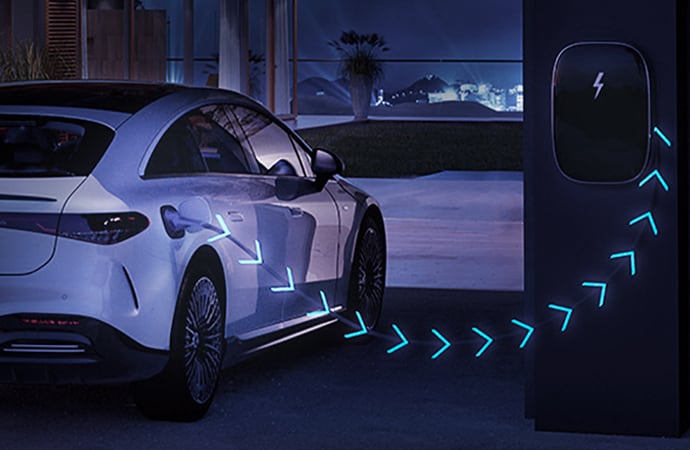
Are you curious about the difference between hybrid and electric cars? MileOne Autogroup is here to help. We have long prided ourselves on matching drivers with the perfect vehicle for their lifestyle, and we’re taking it one step further with alternative energy models.
Learn about the difference between hybrid, plug-in hybrid, and electric cars at our dealerships today.
Alternative Energy Vehicles at a Glance
There are many reasons to consider purchasing an alternative energy vehicle, but which car is best for you? Here’s a look at the three top options for reducing your environmental impact and saving money with every ride.
Hybrid
Hybrid vehicles have been around the longest and require the least adjustment to your daily driving. In a hybrid vehicle, you’ll have a combination of an internal combustion engine and an electric motor and battery configuration. The battery on hybrid vehicles is small, which means it can charge using regenerative braking or from the engine, and doesn’t need to be plugged in. You’ll still see a big boost in fuel economy, however.
Plug-In Hybrid
Plug-in hybrid vehicles work much the same way as traditional hybrid models. They utilize both a gasoline-powered engine and electric motor configuration. The difference is that plug-in hybrid vehicles, or PHEVs, have a much larger battery that cannot be charged internally. They require an outside source for power, meaning a Level 1 or Level 2 charging station. They have fully electric ranges and impressive fuel economy.
Electric Vehicle
EVs, or electric vehicles, have no internal combustion engine system at all. Unlike hybrid and plug-in hybrid vehicles, they take all of their power from an outside source, meaning a Level 2 or Level 3 charger. They have the lowest environmental impact and will save you the most on fuel, since they don’t use any gasoline at all.
For more information on alternative energy vehicles, and to schedule your first test drive, visit MileOne Autogroup today.